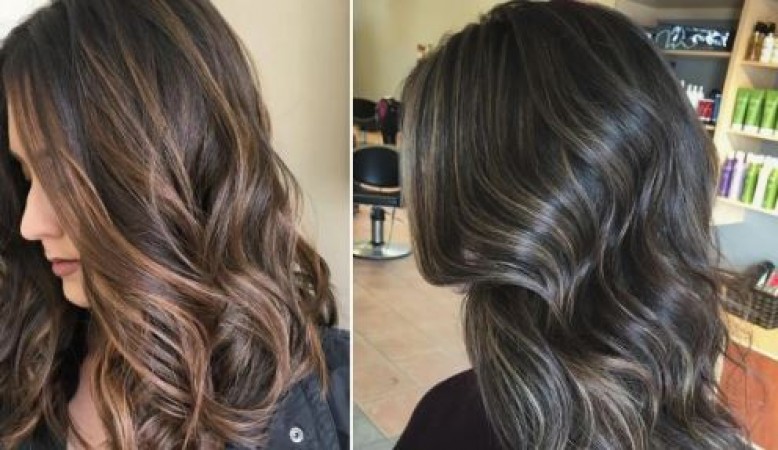
Are you contemplating a vibrant new look by coloring your hair? Before you dive into a world of hues and shades, it's crucial to understand the ins and outs of hair coloring to ensure a stunning result without compromising the health of your hair. While a new hair color can be exhilarating, it's essential to approach the process with care and caution. Here's a comprehensive guide to help you navigate the exciting journey of hair coloring while safeguarding your hair's health.
Before embarking on your hair coloring adventure, it's essential to grasp the fundamental principles of hair coloring. Whether you're opting for a subtle enhancement or a dramatic transformation, understanding these basics will empower you to make informed decisions throughout the process.
There are various types of hair coloring techniques, each offering distinct results and levels of commitment. Understanding the differences between these techniques can help you choose the one that best suits your preferences and lifestyle.
Selecting the perfect hair color involves more than just picking a shade that catches your eye. Factors such as skin tone, eye color, and hair texture play crucial roles in determining which hue will complement your features and enhance your overall appearance.
While the prospect of a new hair color can be enticing, it's essential to consider several factors before taking the plunge. Taking these aspects into account will help you make an informed decision and minimize the risk of potential damage to your hair.
Assess the current condition of your hair before coloring. If your hair is already damaged or fragile, undergoing a coloring process could exacerbate existing issues. Consider implementing a nourishing hair care routine to strengthen and prepare your hair for coloring.
Some individuals may have allergies or sensitivities to certain hair dye ingredients. Conduct a patch test prior to coloring to check for any adverse reactions. Additionally, opt for ammonia-free or low-ammonia hair color formulations to reduce the risk of irritation.
Decide whether you'll enlist the expertise of a professional hairstylist or opt for an at-home coloring kit. While professional colorists possess the skills and knowledge to achieve optimal results, at-home kits offer convenience and affordability. Consider your comfort level and the complexity of the desired color change when making this decision.
Once you've achieved your desired hair color, maintaining its vibrancy and longevity becomes paramount. Incorporate these tips into your hair care routine to prolong the beauty of your newly colored locks.
Invest in shampoos and conditioners specifically formulated for color-treated hair. These products are designed to cleanse gently and lock in color, preventing premature fading and dullness.
Minimize exposure to harsh environmental elements such as UV rays, chlorine, and saltwater, which can cause color fading and damage. Consider wearing hats or using protective hair products when spending extended periods in the sun or swimming.
To maintain a seamless and polished look, schedule regular touch-up appointments with your hairstylist to address root regrowth and refresh your hair color. Consistent maintenance ensures that your hair color remains vibrant and flattering. Coloring your hair can be a thrilling experience that allows you to express your individuality and style. By understanding the fundamentals of hair coloring, considering important factors before diving in, and implementing proper maintenance techniques, you can achieve stunning results while preserving the health and vitality of your hair. So, if you're contemplating a hair color transformation, remember to approach the process with careful consideration and enjoy the exciting journey to vibrant, beautiful locks!
Leo people's day is going to be something like this, know your horoscope
People of these zodiac signs should be conscious about their health today, know your horoscope